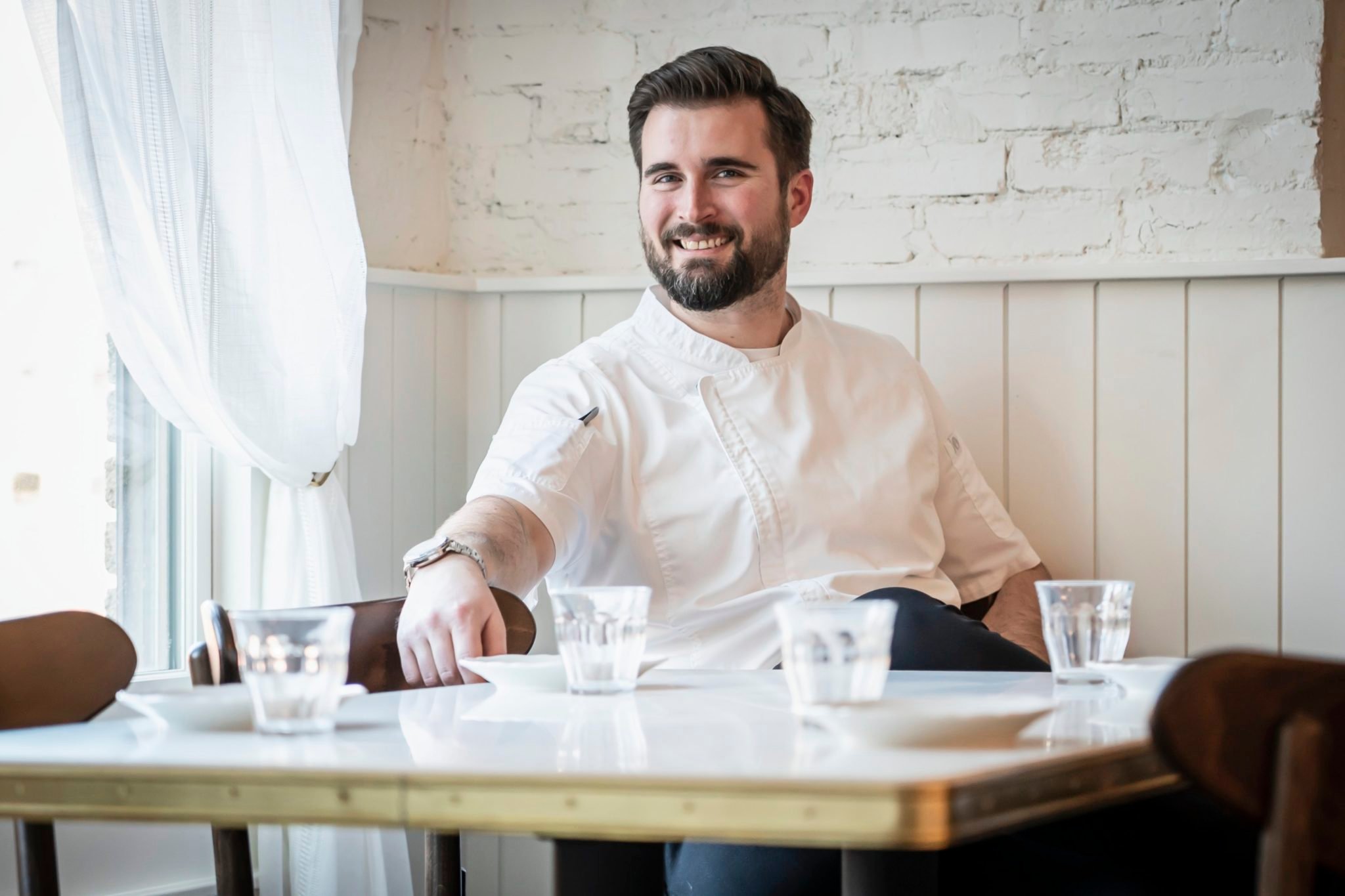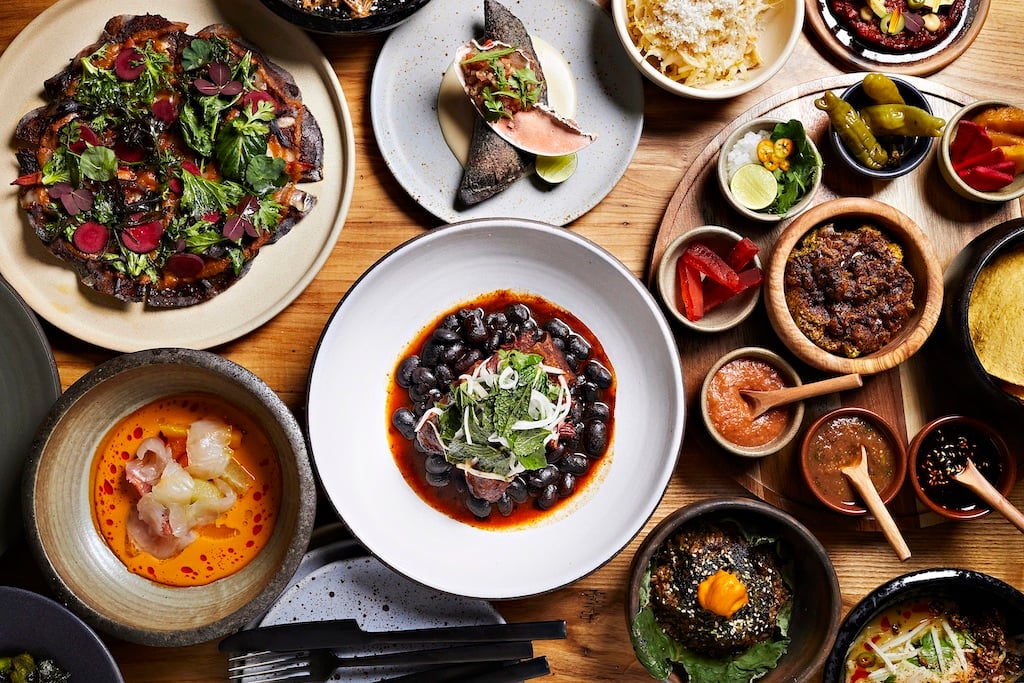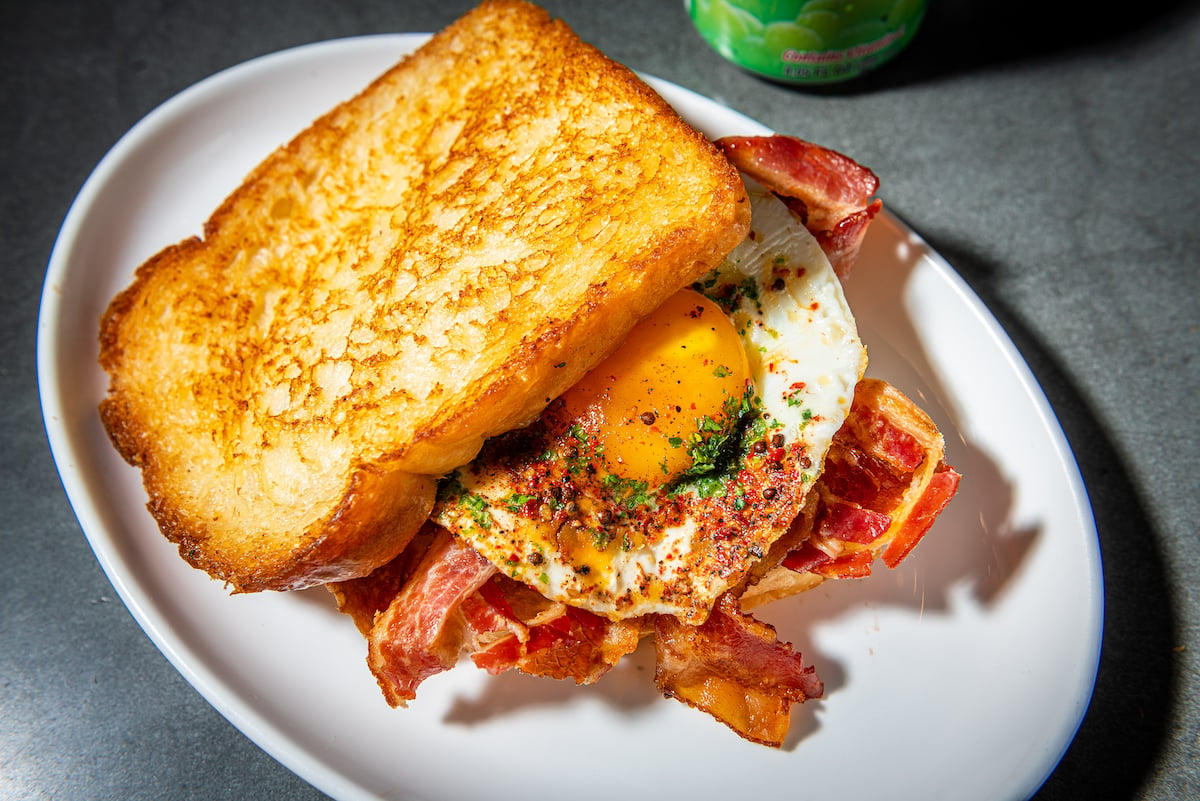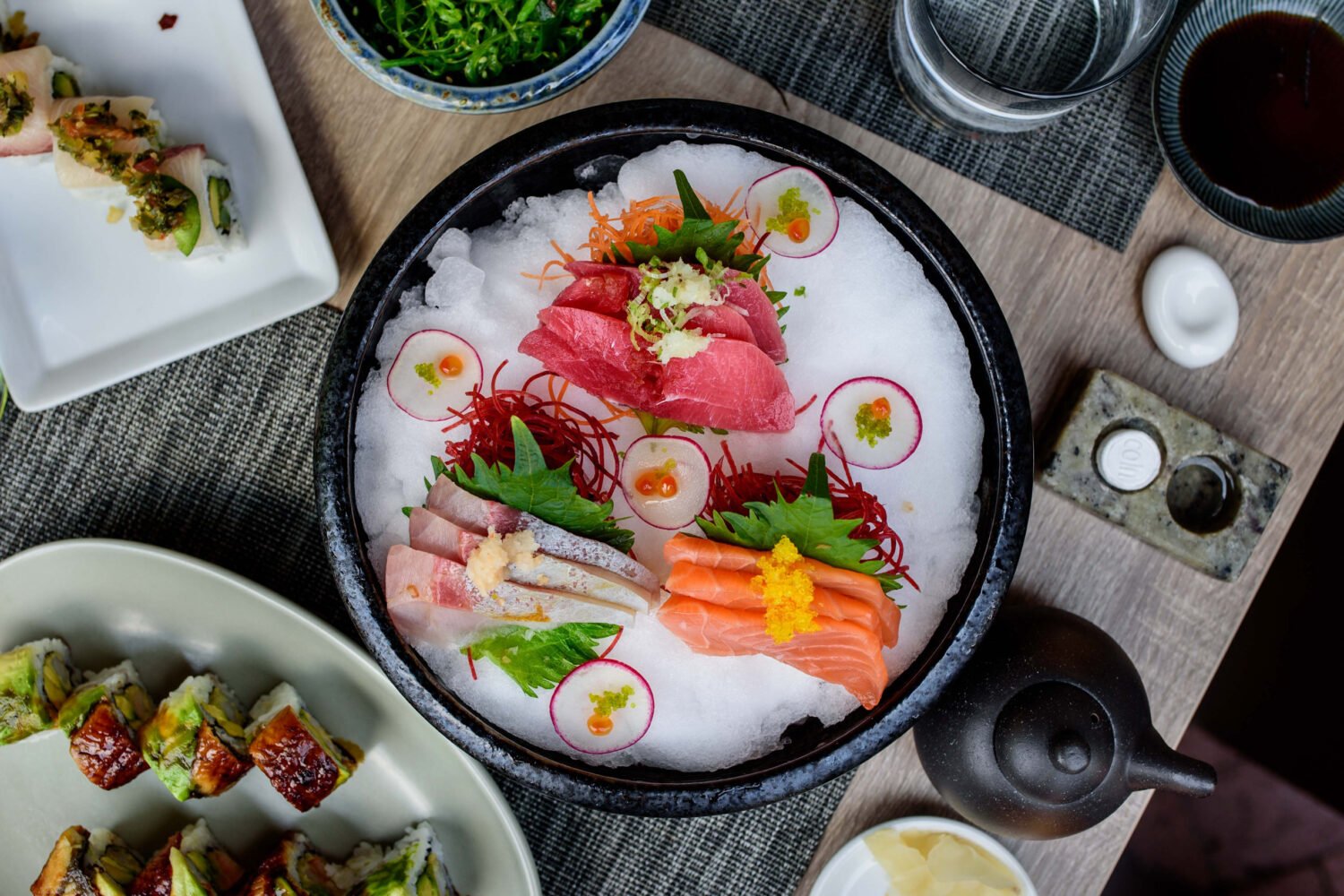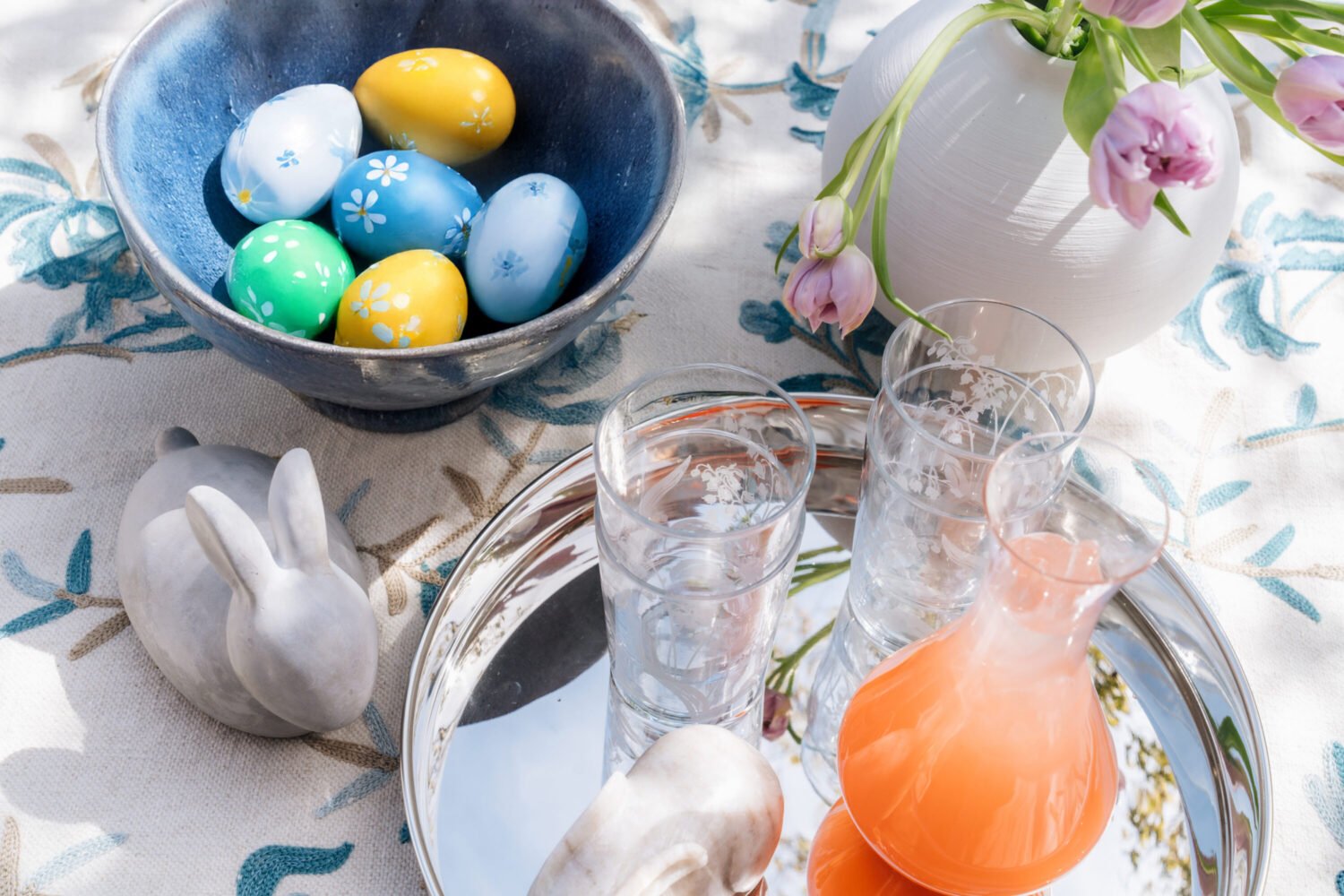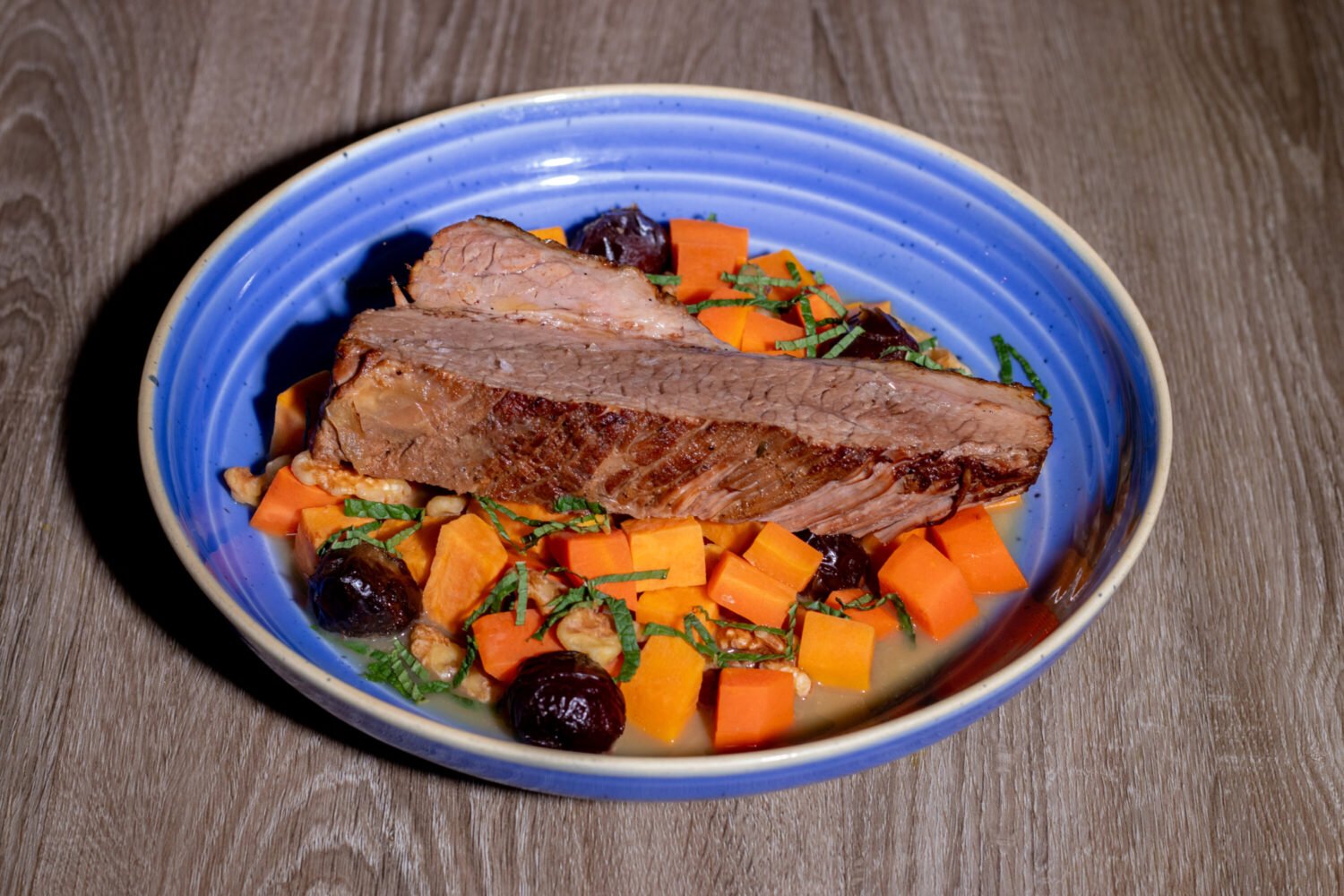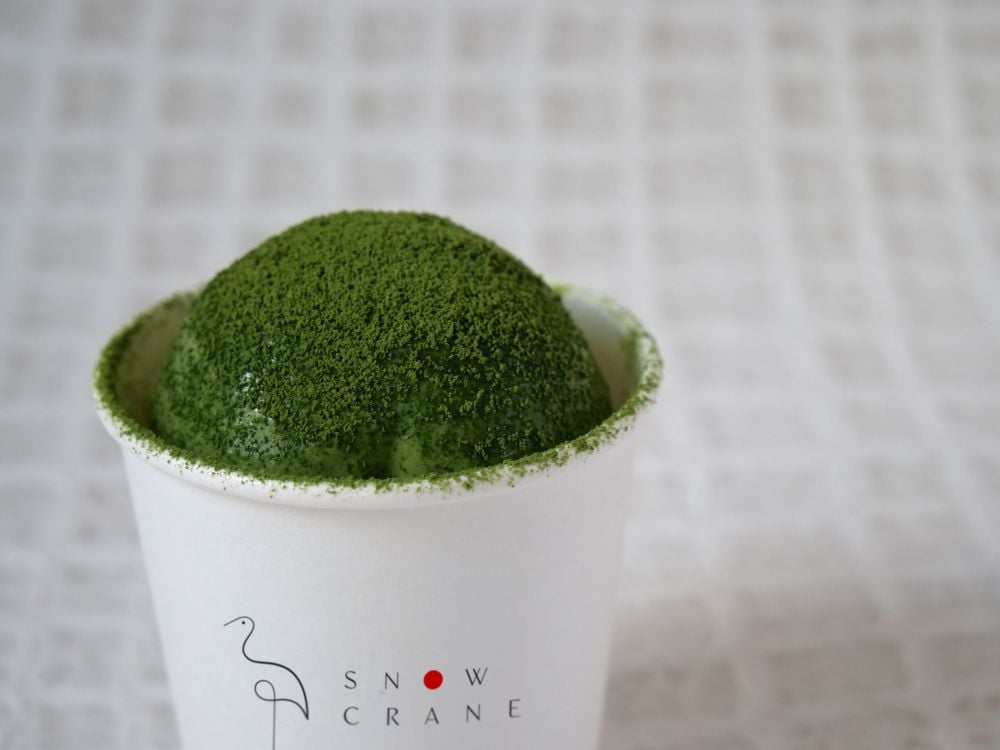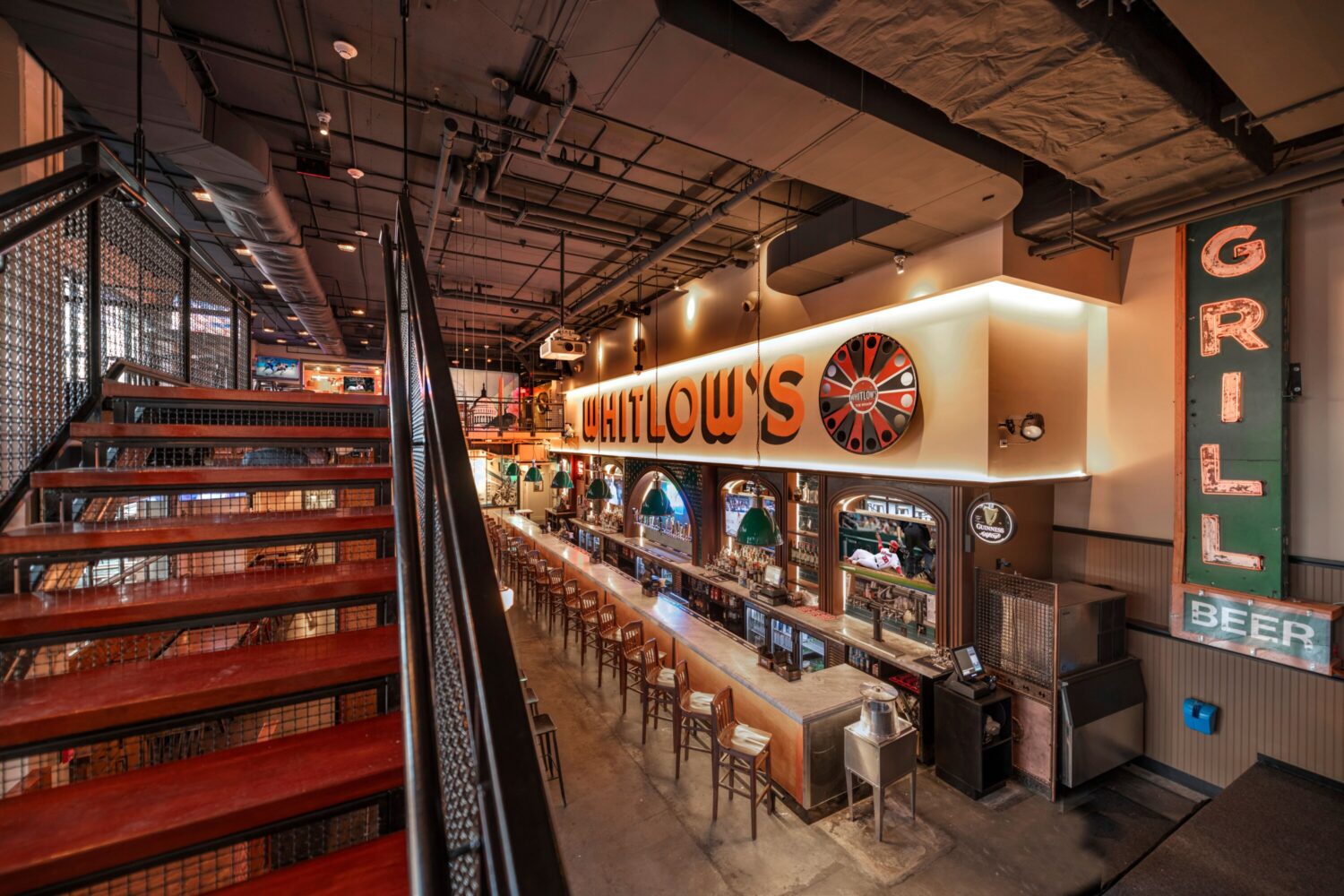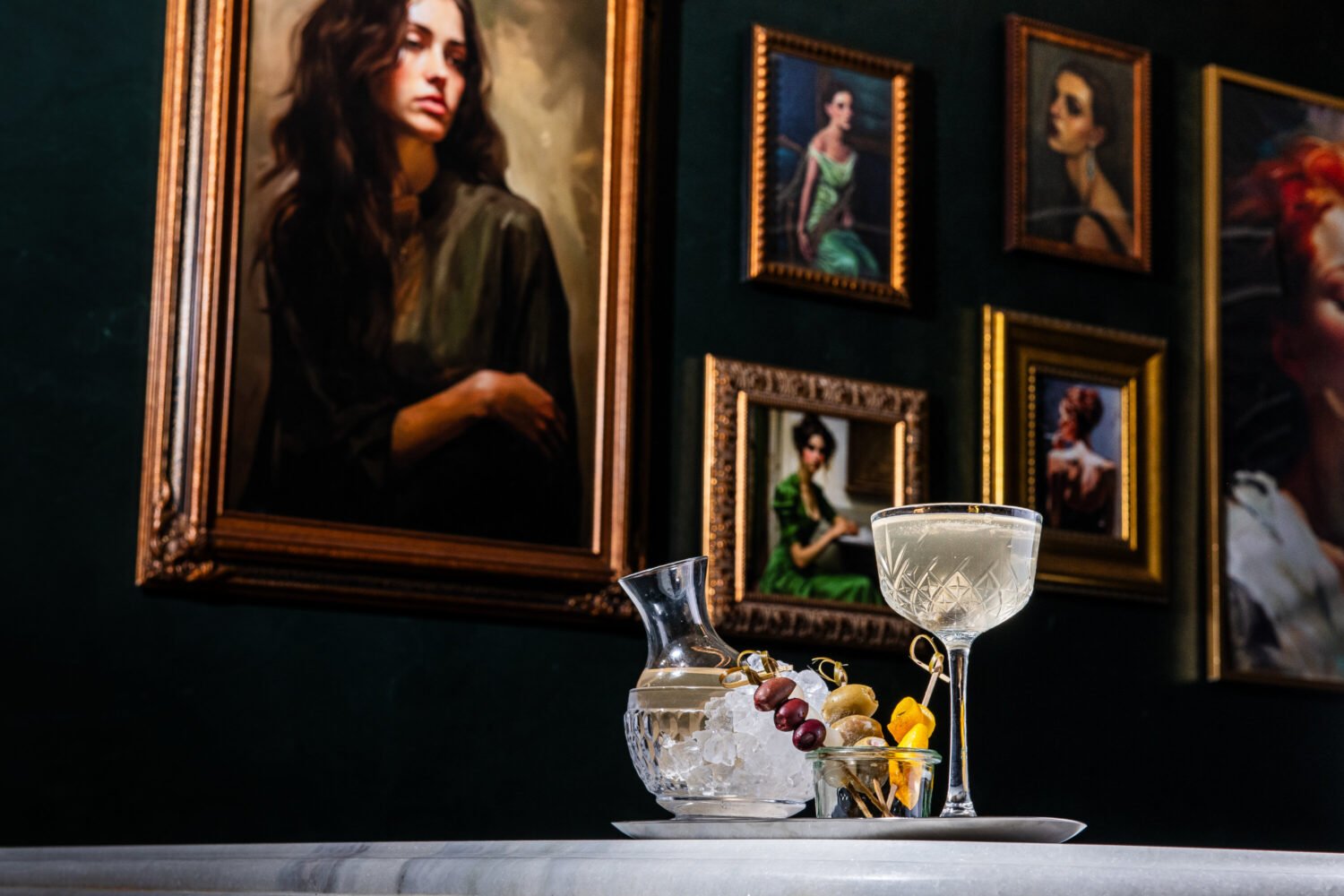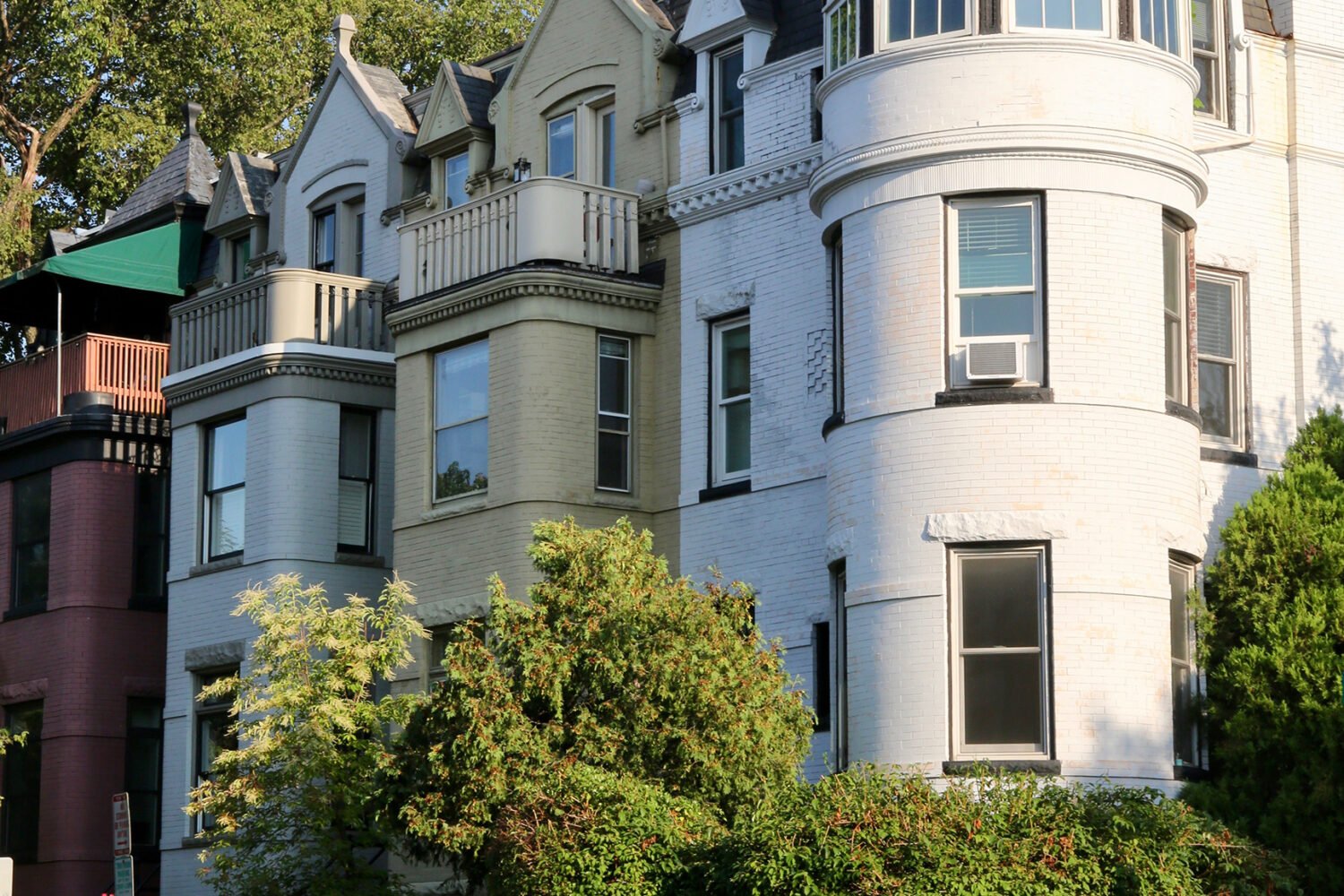About Restaurant Openings Around DC
A guide to the newest places to eat and drink.
Petite Cerise. 1027 7th St., NW.
Reservations will go live early next week on Resy, but there will always be space for walk-ins.
Petite Cerise is essentially an ode to what chef Jeremiah Langhorne calls “beautiful, simple things.” The long-awaited French cafe and bistro from the team behind the Dabney—the Mid-Atlantic fine-dining spot ranked No. 1 on Washingtonian‘s 100 Very Best Restaurants list—is finally set to open in Shaw on March 14. The sun-soaked, two-story corner restaurant aims to be the kind of place where you can sit down for a classic French omelet and croissant in the mornings, linger over a leisurely lunch, and explore regional French cooking highlighting peak seasonal ingredients come dinner. Langhorne and business partner Alex Zink want it to be more like the French restaurants you’d find in France than the French restaurants you typically find in America.
“In America, often times, it’s easy to think that we need to make a super elaborate or fancy version of something like a croque madame. And you go to France, and they’re like, ‘That’s a sandwich,'” Langhorne says. “Keeping those things humble, but using the right ingredients and using the right, simple techniques to do it, I think it’s the key to making it really wonderful.”
Langhorne was trained in classic French cuisine and inspired to open Petite Cerise—meaning “little cherry”—after traveling and eating extensively around France. “I’m not French. So it’s not me saying this is proper French food for people,” Langhorne says. “I want to share with the DC community, through my eyes, what I’ve seen and what I’ve experienced.”
Here’s what to expect:

Sit-Down Breakfast With Pastries and Elegant Egg Dishes
Breakfast, starting at 9 AM for now, is a sit-down affair—sorry, no takeout, though you can always stand at the bar for a quick espresso and croissant. “I really like breakfast, and I like breakfast specifically. So I want people coming in for breakfast,” Langhorne says.
On the sweet side of things, find buckwheat crepes caramelized with honey and salted butter, or a tea cake speckled with candied rose that’s served with bitter almond cream and candied lemon peel. A lineup of egg dishes includes classic soft-scrambled eggs with a sweet-sour dandelion jam and chanterelles, as well as baked eggs with morel mushrooms, escargots, and green garlic sauce.
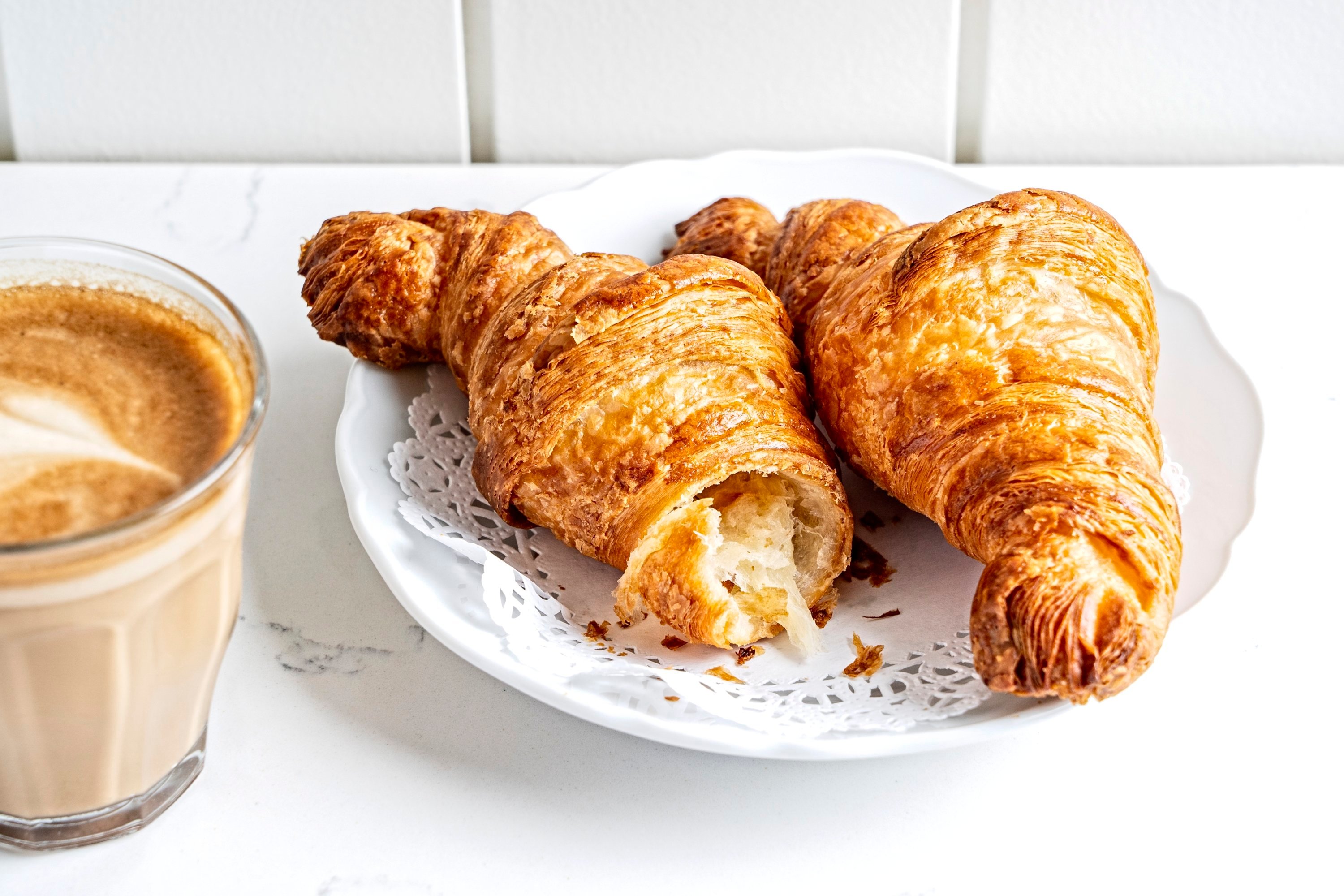
A selection of croques will be made with country loaves from the newly opened Manifest Bread in Riverdale Park, Maryland—already a local chef favorite. The bakery will deliver baguettes and other specialty breads twice a day for optimal freshness. Langhorne says he came up at a time in American cooking where restaurants were obsessed with making absolutely everything in-house. But he’s come to appreciate the French approach of relying on artisan specialists like Manifest Bread, Keepwell Vinegar, or salami-maker MeatCrafters. “I just want the guests to get the best possible thing that’s going to be the most delicious,” he says.
One thing Langhorne is set on perfecting in-house, however, is a croissant. His team has experimented with dozens of iterations and uses high-quality imported French butter. “I may have bought every croissant that exists in the city at some point or another and eaten it and tested it,” Langhorne says.
Simple Vegetable Plates and Hearty Classics for Lunch
If you’re looking for French onion soup, you’ve come to the wrong place. Here, the soup of choice might be an artichoke velouté or ramp and potato vichyssoise with smoked trout. Lunch, beginning at 11:30 AM, features the simplest of pleasures: French breakfast radishes with butter, a jambon beurre sandwich, or poached asparagus with hollandaise and whipped cream (inspired by “one of the best things I’ve ever had in my life,” Langhorne says, from an old-school French restaurant called La Poule au Pot in Paris). Heartier “plats principaux” range from a crawfish gratin with beef-fat frites to a spring lamb shepherd’s pie.
From 4 to 5 PM, Petite Cerise will open only downstairs with a limited menu, so staff can have family meal upstairs and transition to dinner service. During Apéro hour guests can grab a glass of wine with raw oysters or pâté en croûte—the kind of stuff that was previously available at the Dabney Cellar. (Side note: Langhorne is looking for a new home for the subterranean wine bar, which closed at the start of the pandemic.)
Lesser-Seen Regional French Cooking For Dinner
Before moving onto the main event, nibble on a warm pile of gougères dipped in whipped boursin with vadouvan curry or a petite shellfish platter. Entrees include braised lamb neck tossed with spring vegetables, seared black bass with tarragon-sautéed fava beans and a lemon beurre blanc, or fricassée chicken smothered in a creamy wine sauce with morels. “I’m a big sauce guy,” Langhorne says. “I don’t want a little spoonful, let’s fill the whole bottom of the bowl with sauce.”
The opening menu draws heavily from northern, west coast, and central France, but Langhorne imagines he’ll veer toward southern France and the Mediterranean come summer. The food is paired with an exclusively French wine list. While the menu will include those famous Burgundy and Bordeaux wines, the focus will be on lesser known regions and young up-and-coming winemakers. The bar will also serve a mix of classic and obscure French cocktails, including Champagne drinks.
Petite Cerise takes a classic approach to desserts: a Napoleon with caramelized puff pastry with a hidden layer of sorbet as well as ile flottantes—”floating islands” made of meringue covered in candied nuts with crème Anglaise.
A Light-Filled Dining Room Where the Kitchen is Decor
The two-story corner building is bright and airy with the same kind of elegant simplicity as the menu. Guests enter to find a bar, window-lined tables, and open kitchen with classic French cooking suite—”we want this to be the decoration for the restaurant,” Langhorne says. Upstairs is a larger dining room and private dining space. The white brick walls are dotted with colorful lithographs that Langhorne and his wife picked up at markets outside of Paris.
“Alex and I tend to go too fancy with stuff; I don’t know what’s wrong with us. So we’ve been trying to really work on keeping things to the point where it just feels comfortable,” Langhorne says. “We want it to be loud and boisterous and just have a lot going on and be full of people all the time.”

